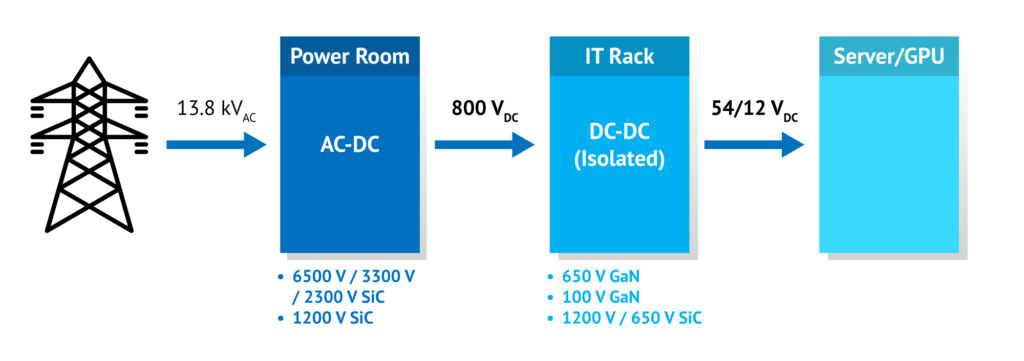-
Analog Devices, Inc. announced financial results for its fiscal second quarter 2025, which ended May 3, 2025.
- Revenue of $2.64 billion, with double-digit year-over-year growth across all end markets
- Operating cash flow of $3.9 billion and free cash flow of $3.3 billion on a trailing twelve-month basis or 39% and 34% of revenue, respectively
- Returned $0.7 billion to shareholders via dividends and repurchases during the second quarter
“ADI delivered second quarter revenue and earnings per share above the high end of guidance,” said Vincent Roche, CEO and Chair. “Against a backdrop of global trade volatility, our performance reflects the ongoing cyclical recovery, and the strength and resiliency of our business model. Our unwavering commitment to innovation and customer success, enables ADI to continue extending our leadership at the increasingly AI-driven Intelligent Edge, delivering exceptional value for shareholders over both the near- and long-terms.”
CFO Richard Puccio added, “Second quarter bookings accelerated across all end markets and all regions, resulting in continued sequential backlog growth. The improving demand signals we saw throughout our fiscal Q2, support our outlook for continued growth in Q3, and reinforce our view that we are in a cyclical upturn.”
Performance for the Second Quarter of Fiscal 2025 (PDF)
Outlook for the Third Quarter of Fiscal Year 2025
For the third quarter of fiscal 2025, we are forecasting revenue of $2.75 billion, +/- $100 million. At the midpoint of this revenue outlook, we expect reported operating margin of approximately 27.2%, +/-150 bps, and adjusted operating margin of approximately 41.5%, +/-100 bps. We are planning for reported EPS to be $1.23, +/-$0.10, and adjusted EPS to be $1.92, +/-$0.10.
Our third quarter fiscal 2025 outlook is based on current expectations and actual results may differ materially as a result of, among other things, the important factors discussed at the end of this release. The statements about our third quarter fiscal 2025 outlook supersede all prior statements regarding our business outlook set forth in prior ADI news releases, and ADI disclaims any obligation to update these forward-looking statements.
The adjusted results and adjusted anticipated results above are financial measures presented on a non-GAAP basis. Reconciliations of these non-GAAP financial measures to their most directly comparable GAAP financial measures are provided in the financial tables included in this release. See also the “Non-GAAP Financial Information” section for additional information.
Original – Analog Devices
